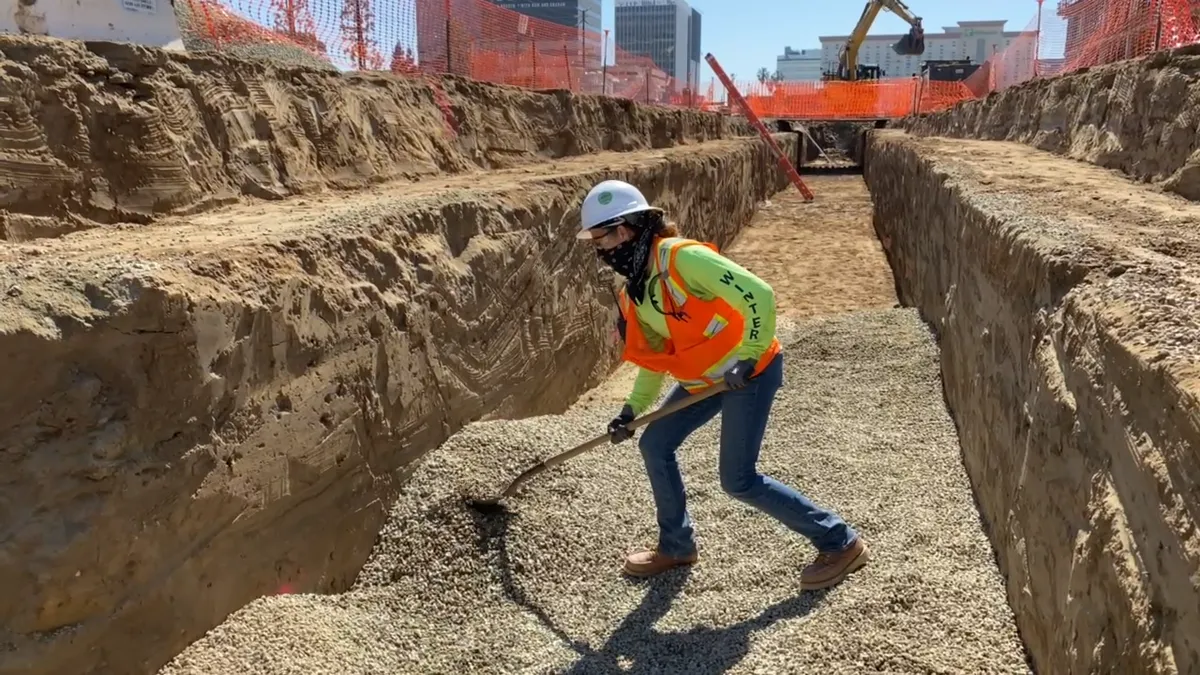Dive Brief:
- The proportion of small businesses that raised pay in October hit a 48-year high, with a net 44% increasing compensation and a net 32% planning to do so in the next three months, the National Federation of Independent Business (NFIB) said Tuesday.
- Optimism among owners toward the business outlook during the next six months slumped to the lowest level since November 2012, NFIB said, citing a survey of 1,431 small businesses. “Owners have grown pessimistic about future economic conditions,” the federation said, noting that 49% said they could not fill job openings and all but 10% reported disruption from supply chain bottlenecks.
- “One of the biggest problems for small businesses is the lack of workers for unfilled positions and inventory shortages, which will continue to be a problem during the holiday season,” NFIB Chief Economist Bill Dunkelberg said.
Dive Insight:
The federation findings echo a recent report from the National Association for Business Economics (NABE), which found in a survey that 58% of companies raised wages during the third quarter, an increase from 51% during the prior three months.
CFOs are increasing compensation as the labor market slowly recovers from coronavirus lockdowns and inflation flares to a multi-year high, stoked in part by supply chain delays.
The cost of materials rose during the third quarter for 70% of the 91 respondents to an Oct. 6-14 survey compared with 61% during the second quarter, the NABE said.
The producer price index for final demand, a measure of what suppliers charge businesses, surged 8.6% in October from the prior year, the Labor Department said Tuesday. That was a record jump in a series of data first published in 2010.
Among goods-producing companies, 85% charged higher prices from June until September and 92% expect to raise prices during the current quarter, the NABE said.
“Price-raising activity has reached levels not seen since the early 1980s, when prices were rising at double-digit rates,” NFIB said, noting that a net 53% of small businesses reported raising average selling prices in October, an increase of 7 percentage points.
The consumer price index surged last month at a 6.2% annual rate — a 30-year high, the Labor Department said Wednesday. The Federal Reserve’s preferred measure of price gains — the core personal consumption expenditures price index — rose 3.6% in September.
The central bank says surging prices are transitory. It is allowing inflation to exceed its 2% target in order to compensate for years of gains below that level.
More than half of small businesses (51%) plan to raise prices in the coming months, NFIB said. Higher proportions of small businesses in wholesale, retail and construction reported increasing prices than companies in other sectors last month.
“Small businesses are hanging on, trying to take advantage of current economic growth while remaining pessimistic about the course of business conditions in the near future,” NFIB said.
Updated Nov. 10 with the gain in the consumer price index in October as reported by the Labor Department.












